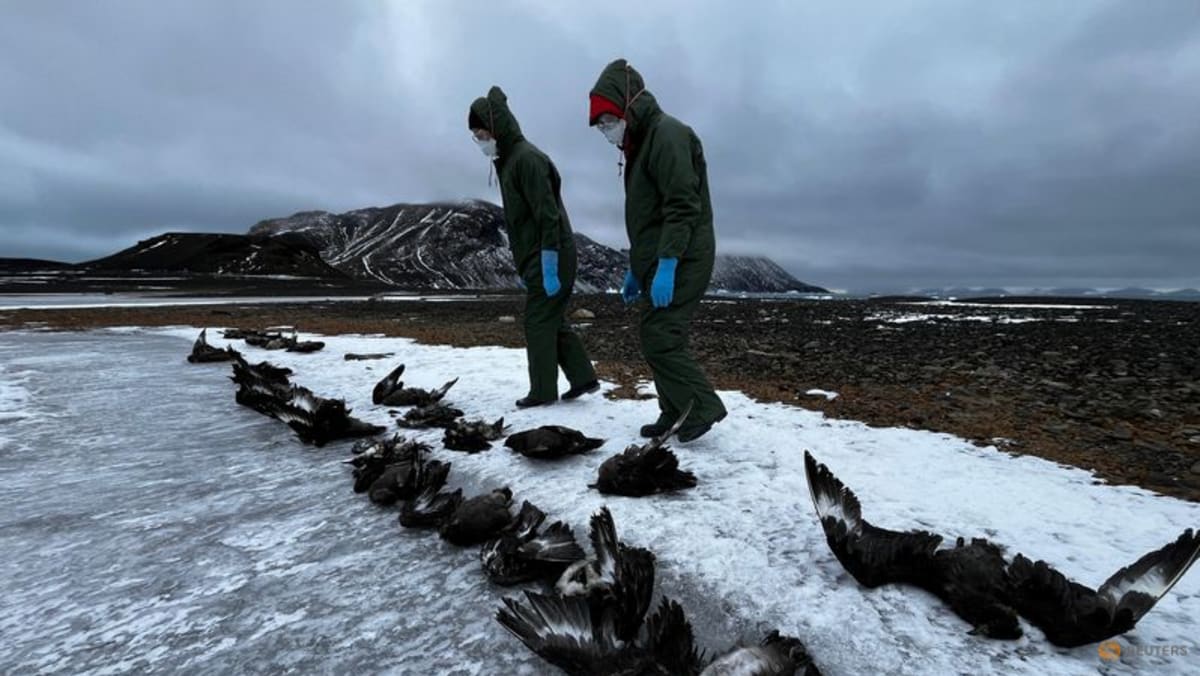So far, there is no evidence that the influenza A (H5N1) virus is spreading between humans.
But in the hundreds of cases where humans have been infected through contact with animals, “the mortality rate is extraordinarily high”, Farrar said.
From the start of 2023 to Apr 1 this year, the WHO said it had recorded 463 deaths from 889 human cases across 23 countries, putting the case fatality rate at 52 per cent.
In a worrying development, United States authorities earlier this month said a person in Texas was recovering from bird flu after being exposed to dairy cattle.
It was only the second case of a human testing positive for bird flu in the country and came after the virus sickened herds that were apparently exposed to wild birds in Texas, Kansas and other states.
It also appears to have been the first human infection with the influenza A (H5N1) virus strain through contact with an infected mammal, WHO said.
When “you come into the mammalian population, then you’re getting closer to humans”, Farrar said, warning that “this virus is just looking for new, novel hosts”.
“It’s a real concern.”
Farrar called for beefing up monitoring, insisting it was “very important understanding how many human infections are happening … because that’s where adaptation (of the virus) will happen”.
“It’s a tragic thing to say, but if I get infected with H5N1 and I die, that’s the end of it. If I go around the community and I spread it to somebody else then you start the cycle.”
He said efforts were underway towards the development of vaccines and therapeutics for H5N1 and stressed the need to ensure that regional and national health authorities around the world have the capacity to diagnose the virus.
This was being done so that “if H5N1 did come across to humans, with human-to-human transmission”, the world would be “in a position to immediately respond”, Farrar said, urging equitable access to vaccines, therapeutics and diagnostics.













